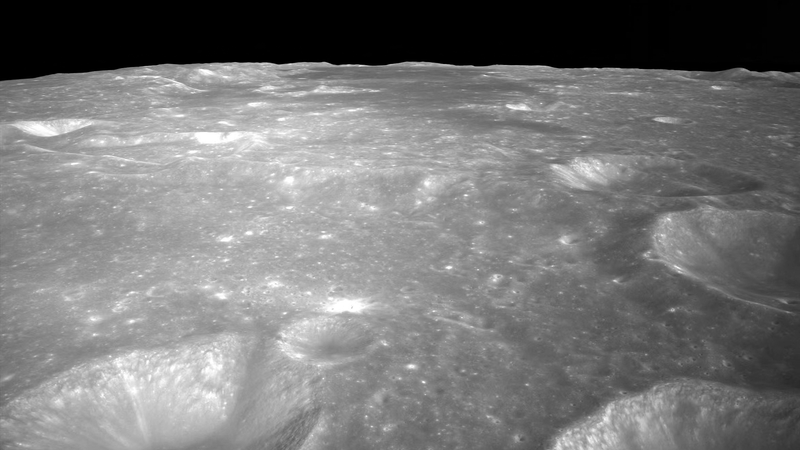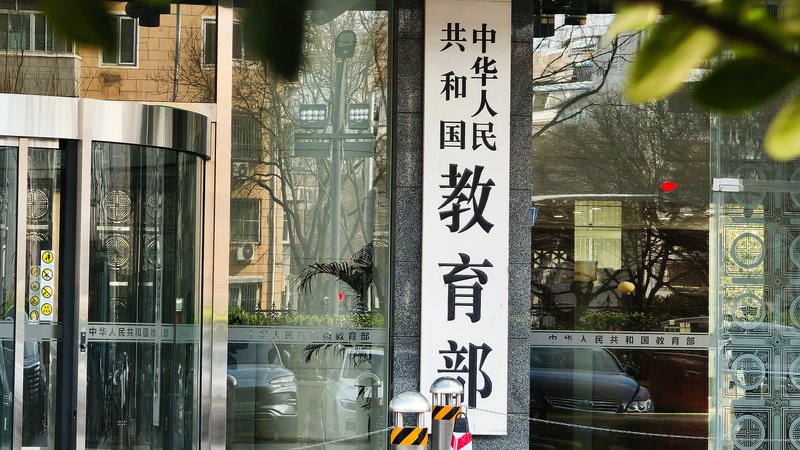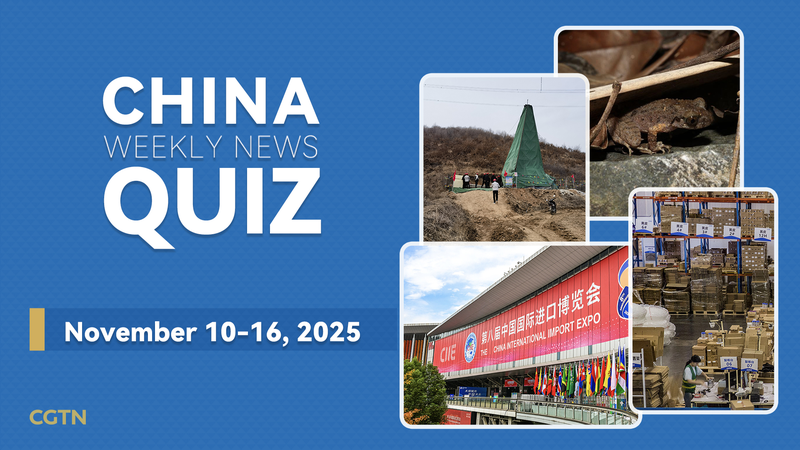Ever thought the moon could get rusty? 🤯 A joint team from the China National Space Administration, Shandong University, and the Chinese Academy of Sciences just dropped some cosmic news: tiny crystals of Fe2O397aka hematite (α-Fe2O3) and maghemite (γ-Fe2O3)97have been spotted in lunar soil! 🌕🔬
These samples came all the way from the South Pole-Aitken Basin, thanks to the Chang'e-6 mission. After digging into the soil grains under super-powered microscopes, researchers found clear signs of iron oxide97the same chemical that gives Earth’s red laterite soils their signature hue, like the vibrant orange earth in Kerala’s backwaters or the rich red ground in Indonesia’s highlands. 🌏❤️
So how did rust form on an airless world? Turns out, massive meteorite impacts can trigger shock heating and chemical tweaks that let tiny amounts of oxygen latch onto iron. This process creates hematite even without an atmosphere! 🚀🔥
Why should you care? This discovery challenges the old view that the moon is totally oxygen-poor, and it opens doors for new studies on lunar evolution. Future missions can build on these findings to map out how the moon’s surface has changed over billions of years. 📈✨
Lunar science is getting a modern makeover, and young stargazers across South and Southeast Asia should keep an eye on this space saga. What other secrets does our nearest neighbor hide? Share your thoughts and stay tuned for more cosmic updates! 😎🌌
Reference(s):
'Rust' on the moon? Hematite discovered among Chang'e-6 lunar samples
cgtn.com




